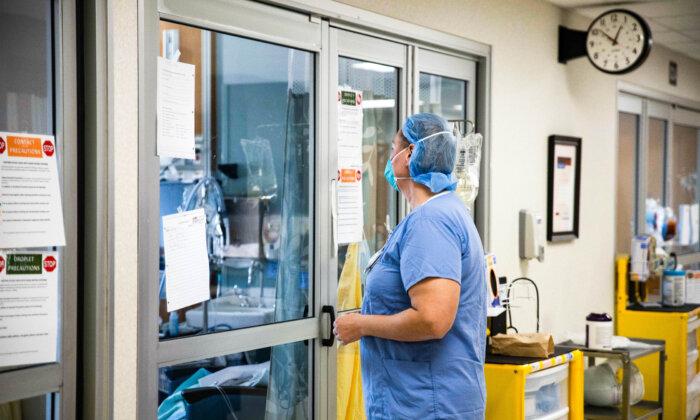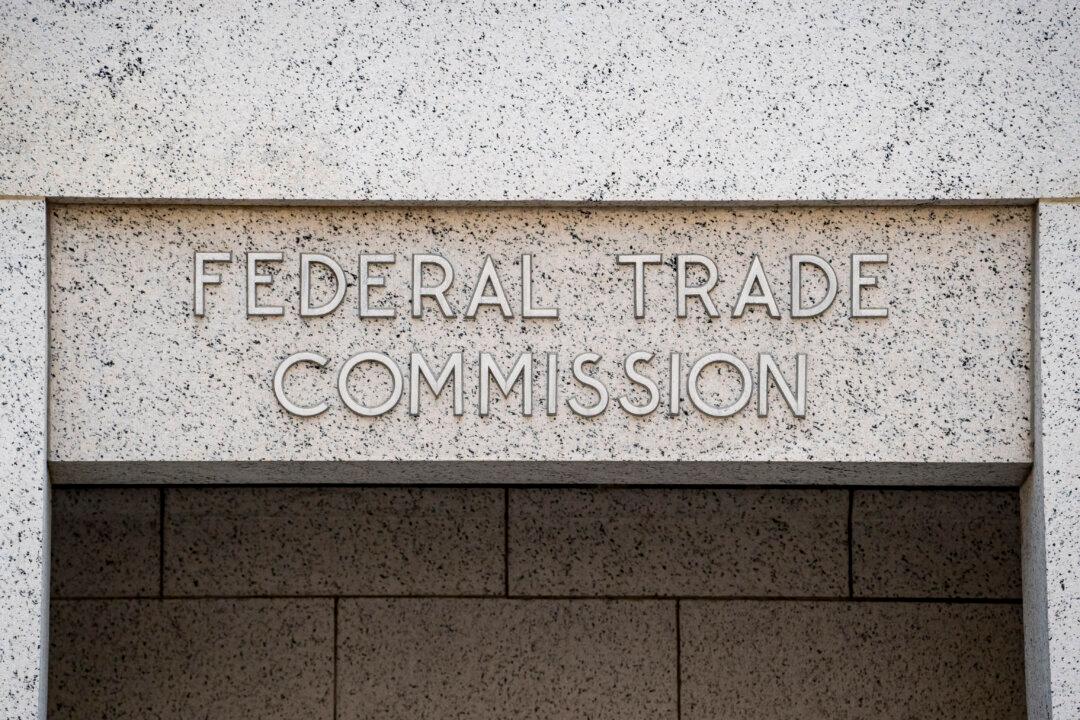Family insurance premiums for employer-sponsored health insurance have risen 7 percent on average to $23,968 this year, according to findings from health policy research organization KFF, formerly known as the Kaiser Family Foundation.
For single employees, the average annual premium in 2023 was $8,435, with employees contributing $1,401.
Employers paid the rest.
The 7 percent increase in insurance premiums is greater than the 5.2 percent rise in workers’ wages and the 5.8 percent inflation rate. Almost 153 million Americans depend on employer-sponsored health coverage.
“Rising employer health care premiums have resumed their nasty ways, a reminder that while the nation has made great progress expanding coverage, people continue to struggle with medical bills, and overall the nation has no strategy on health costs,” said KFF chief executive Drew Altman in an Oct. 18 statement.
Over the past five years, annual health premiums have jumped 22 percent, exceeding the 21 percent increase in inflation but below the 27 percent jump in wages.
The KFF survey found that workers may have to pay more in health premiums soon, as nearly a quarter of employers said they planned to increase workers’ contributions to their health care plan in the next two years.
“There’s no way to cut it other than to say that’s a huge number,” Matthew Rae, associate director of KFF’s Health Care Marketplace Program and a co-author of the report, told Bloomberg. “To a family of four, you’re basically spending pretty close to what a new car costs, just for the year, to keep everybody covered.”
Mr. Rae blamed last year’s high inflation for the premium surge this year.
Inflation and Rising Premiums
Health insurance premiums are rising at a time when inflation is going down compared to 2022.When health care costs rise for a particular year, insurance firms raise premiums for the following year. Hence, last year’s high inflation is being reflected in this year’s premium increase.
Mr. Rae stated he was unsure whether the rise in premiums is a temporary phenomenon or the beginning of a new period of surging health costs. He warned employers thinking of cutting corners on their employee coverage to think twice about their decision.
“Employers spend all this money on health insurance because they want to recruit and retain the best staff they can,” he said. As the labor market still remains tight, “it’s not the time, if you want to do that, to pinch pennies on the coverage you offer.”
In an Oct. 7 post on X, financial adviser Peter Mallouk pointed out that the average U.S. family health insurance premium rose 249 percent between 2000 and 2022, which comes to 5.8 percent per year—over double the rate of inflation during this period.
Single Versus Family Coverage
According to the KFF report, employees with family coverage paid for 29 percent of the premium, while those with single coverage paid 17 percent.Workers at smaller firms paid more for their family premiums.
While employees at larger establishments paid $5,889 annually on average, those working at firms with fewer than 200 employees paid $8,334 per year. A quarter of the covered workers at small firms were found paying $12,000.
Smaller firms were also “increasingly less likely to offer health benefits as they get smaller.” For instance, while 83 percent of firms with 10 to 199 employees offered health benefits to at least some of their workers, this number dropped to 42 percent among firms with three to nine workers.
“Health benefit costs are rising from the consolidation of health systems and the introduction of ultra-expensive gene and cellular therapies,” said Sunit Patel, chief actuary for health and benefits at Mercer.
“This year, we’re also starting to see the impact of a sudden jump in utilization of costly GLP-1 drugs being used to treat diabetes and obesity.”







